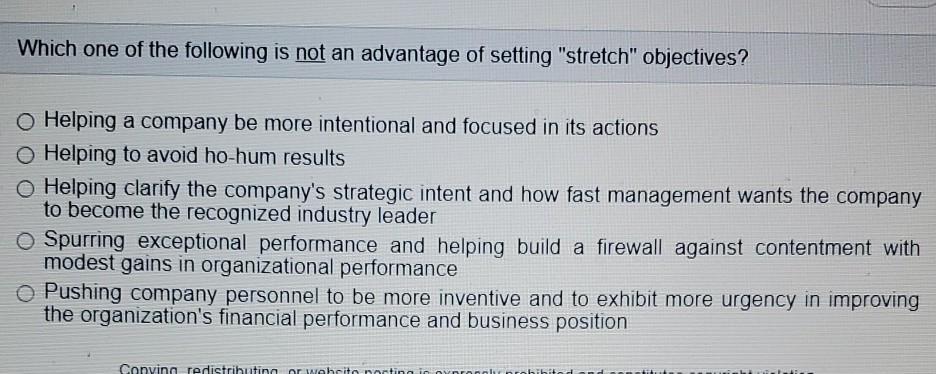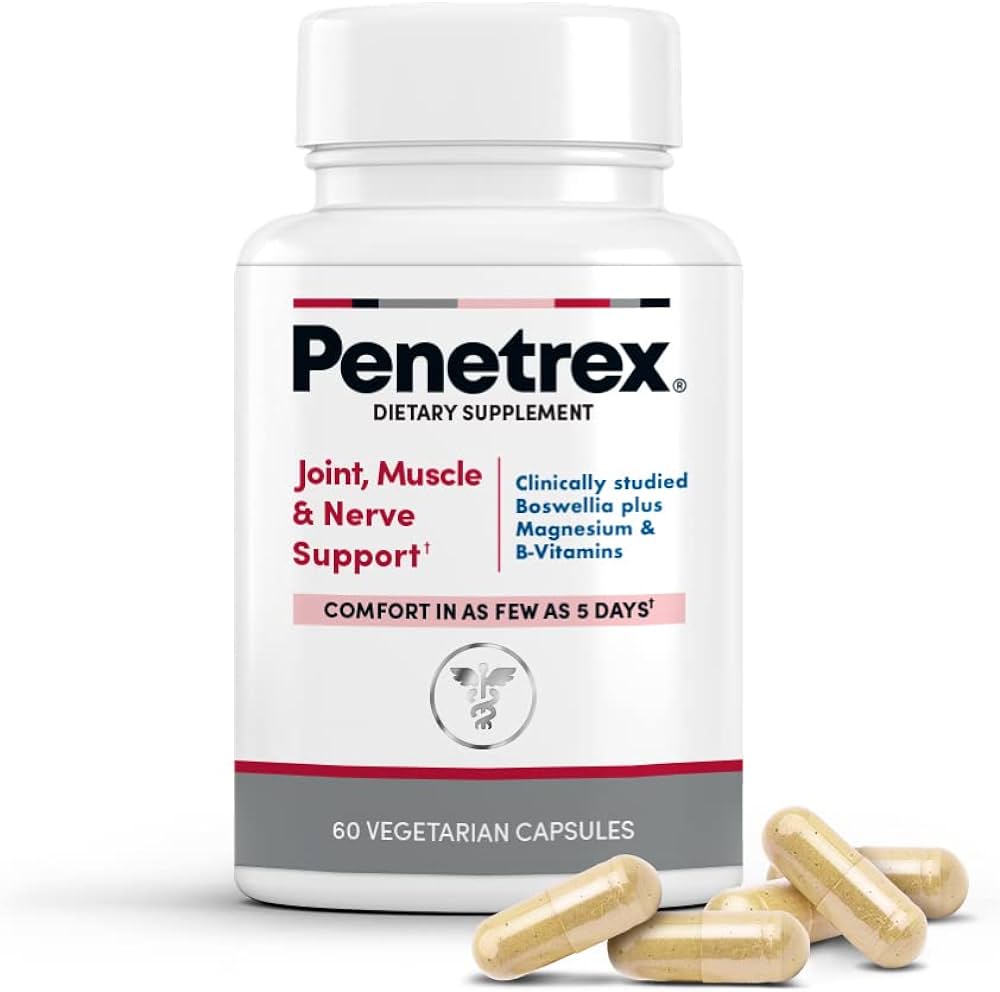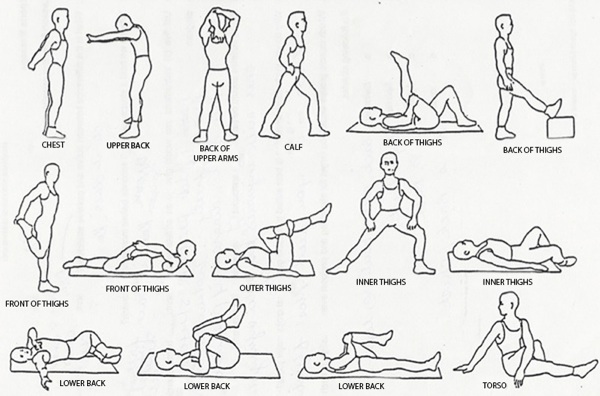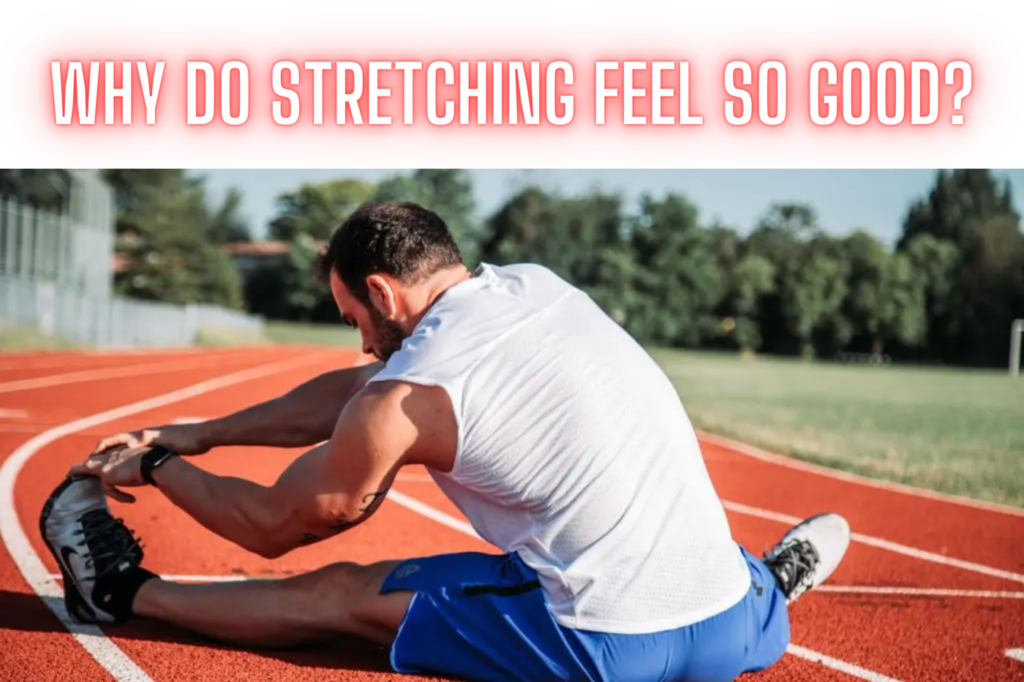**Which of the Following is Not a Benefit of Stretching? **Stretching does not build muscle strength.
It primarily improves flexibility and reduces muscle tension. Stretching is a vital part of any fitness routine. It helps enhance flexibility, improve posture, and reduce muscle soreness. Regular stretching can also aid in better blood circulation, leading to quicker recovery after workouts.
Many people overlook the importance of stretching, focusing solely on strength training or cardio. Yet, incorporating stretching into your daily routine can prevent injuries. It prepares your muscles for physical activity and aids in maintaining a full range of motion. Stretching also promotes relaxation and stress relief, making it beneficial for mental health. To reap the full benefits, practice stretching consistently and correctly.
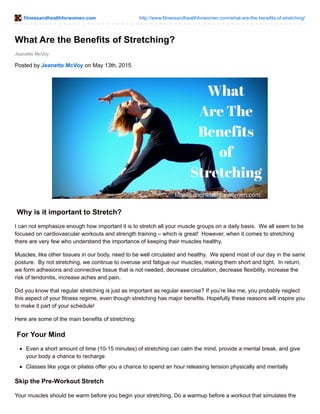
Credit: www.slideshare.net
Introduction To Stretching Benefits
Stretching is often seen as a way to improve flexibility. Many believe it helps reduce muscle soreness. Some think it can prevent injuries during exercise. Others feel it enhances performance in sports. The idea is to make the body more relaxed and agile. People also think it can boost circulation and reduce stress levels. These are common perceptions about stretching. Not all of these benefits are true for everyone.
This article aims to identify which benefits of stretching are myths. It will clarify what stretching can and cannot do. The goal is to provide clear, accurate information. Readers will learn the true benefits of stretching. They will also learn which benefits are not supported by science. This helps make informed decisions about their fitness routines.

Credit: www.stevensvabekortho.com
Increased Flexibility And Range Of Motion
Stretching helps muscles become more flexible. Flexible muscles are less likely to get injured. Stretching also improves blood flow. This keeps muscles healthy and strong. Make stretching a part of your daily routine. This way, you can keep your muscles in good shape.
Good flexibility makes it easier to do daily tasks. Bending and reaching become simpler. Flexible muscles also reduce muscle stiffness. This helps you stay active and mobile. Stretching can also help with balance. Good balance can prevent falls and injuries.
Improved Circulation
Stretching can improve blood flow. This helps muscles get more oxygen. Better circulation means quicker delivery of nutrients. Improved blood flow helps in healing.
Good blood circulation reduces soreness. It helps muscles recover faster. Stretching reduces stiffness. This can help you move better. Faster recovery means you can exercise more.

Credit: www.everydayhealth.com
Enhanced Sports Performance
Stretching can help increase flexibility. It also reduces the risk of injuries. Many athletes stretch to stay limber. This helps them perform better in games.
Regular stretching makes muscles less stiff. This improves overall movement. Athletes feel less pain and recover faster after workouts.
Some studies show that stretching can improve athletic performance. For example, runners who stretch can run faster. Basketball players who stretch jump higher.
Many coaches recommend stretching before and after sports. This practice is common in professional sports teams. It helps players stay at their best.
Misconceptions About Stretching
Many people believe stretching prevents injuries. This is a common myth. Stretching before exercise does not reduce injury risk. Another myth is that stretching improves performance. There is no strong evidence for this claim. Some think stretching removes muscle soreness. This is also false. Stretching does not help sore muscles feel better. People often think they must stretch before workouts. Warm-ups are more effective than stretching for this.
Scientific studies show different results than popular beliefs. Many believe stretching makes muscles longer. Science shows it does not change muscle length. Some think stretching helps with posture. There is no proof that stretching improves posture. Beliefs about flexibility are also wrong. Flexibility from stretching is often temporary. Science reveals that stretching has limited benefits. It is important to understand these facts.
Stretching As A Pain Reliever
Stretching can help with muscle pain. It often reduces back pain. Many people find relief from neck pain. Joint pain might also decrease. Stretching helps with stiffness. It can make muscles more flexible. This might help with daily activities.
Stretching does not cure serious injuries. It might not help with chronic pain. Some people may experience discomfort. Overstretching can cause injuries. Stretching does not replace medical treatment. It might not reduce inflammation. Some pain types need more than stretching.
Does Stretching Promote Weight Loss?
Stretching helps improve flexibility. It also reduces the risk of injuries. But stretching alone does not burn many calories. So, it might not help with weight loss directly.
Cardiovascular exercises, like running and cycling, burn more calories. They are more effective for weight loss. Stretching is good for muscles but not for losing weight.
Stretching And Bodybuilding Misconceptions
Many people think stretching helps build muscle. This idea is a myth. Stretching does not lead to muscle gain. It can help with flexibility and range of motion. But, it does not add muscle size or strength. True muscle gain comes from weight training and proper nutrition. Stretching is good for recovery and injury prevention.
Stretching plays a small role in muscle development. It helps muscles recover after workouts. This can reduce soreness and improve flexibility. But, stretching alone won’t make muscles bigger. Combining stretching with weight training offers the best results. Always include both in your fitness routine.
The Myth Of Stretching For Better Posture
Stretching alone cannot fix posture issues. Many factors affect posture like muscle strength and balance. Daily activities also play a role. Sitting habits and workstation setup impact posture. Stretching helps but only as part of a bigger plan.
Stretching without strength training is less effective. Muscles need both flexibility and strength. Core exercises are important too. They help support the spine. Stretching alone won’t address these needs.
Busting The Detoxification Myth
Stretching feels good, but it does not detoxify your body. The idea that stretching removes toxins is a myth. Detoxification happens mainly in the liver and kidneys. These organs filter out harmful substances. Stretching cannot replace their job. Your muscles do not store toxins. Stretching helps with flexibility and blood flow, but not with detox.
Scientific studies show no proof that stretching detoxifies. The body has natural ways to get rid of toxins. These include sweating, urination, and bowel movements. Stretching helps with muscle soreness and range of motion. It does not cleanse the body of toxins.
Conclusion: The Truth About Stretching
Stretching helps with flexibility and muscle relaxation. It can reduce stress and improve posture. Not all stretches are good for everyone. Some may cause injury if done wrong. Always stretch gently and slowly. Listen to your body to avoid pain.
Warm up before stretching to avoid injuries. Include stretching in your daily routine. Focus on different muscle groups each day. Use proper techniques to get the best results. Consult a professional if unsure. Always breathe deeply while stretching.
Frequently Asked Questions
What Are The Benefits Of Stretching Quizlet?
Stretching improves flexibility, reduces muscle tension, increases blood flow, enhances posture, and prevents injury. It boosts physical performance.
Which Of The Following Is Not A Lower Body Stretch?
The upper body stretch is not a lower body stretch. Examples include shoulder stretch and triceps stretch.
What Is A Disadvantage Of Active Stretching Quizlet?
A disadvantage of active stretching is the risk of muscle strain or injury if performed incorrectly or too aggressively.
Which Of The Following Is Not An Upper Body Stretch 1 Point Response?
A lower body stretch like a hamstring stretch is not an upper body stretch.
Conclusion
Understanding the true benefits and misconceptions of stretching is essential. Stretching aids flexibility, reduces injury risk, and improves circulation. However, it doesn’t significantly enhance strength or endurance. Always incorporate accurate stretching practices into your fitness routine for optimal results. Stay informed to maximize your health and wellness journey.

